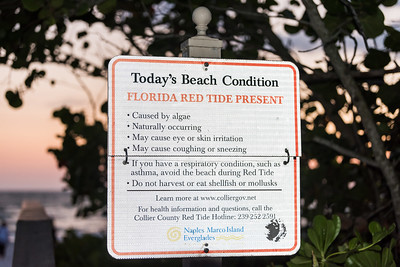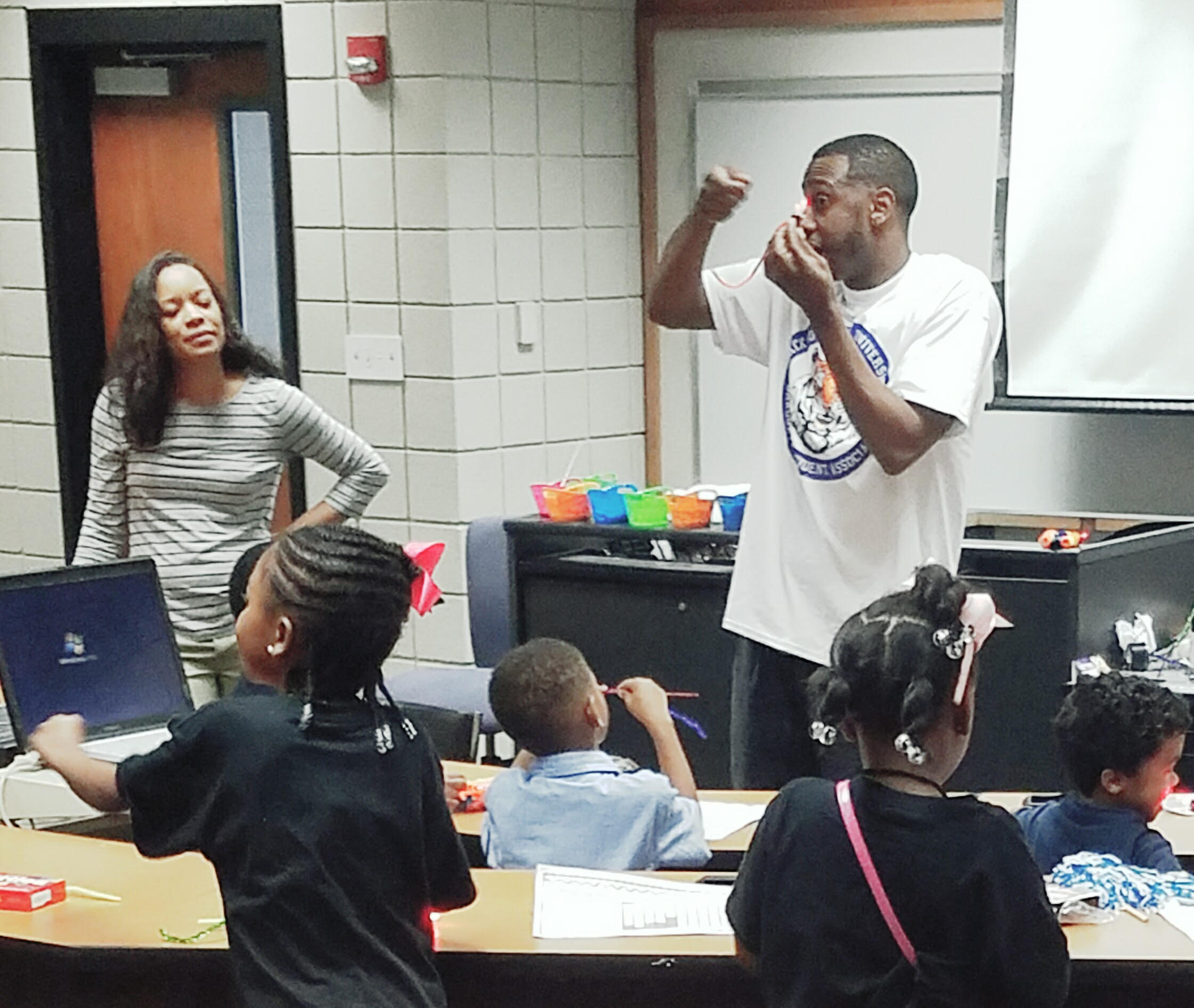Will Lyons works in the NOAA Office of Education as a 2023 John A. Knauss Fellow and is a Ph.D. candidate in the School of Environment at Florida Agricultural & Mechanical University.
Cliches do not stand up well in environmental science, although, we commonly say “people are policy.” Life in the coastal zone consists of beloved sea creatures big and small, sunny skies, warm weather, beautiful waters, and rich cultures. These are attractions that make a unique experience for coastal populations. Whether you are native to the area or visit from places near and far, places such as Florida, California, and the extended East Coast offer opportunities for recreation, business, and marine socio-ecological research.
To ensure those services from nature are present for now and for generations in the future, we can work together on issues that impact our oceans and estuaries. The marine and coastal area provides countless opportunities for science education and community-based projects through government resources. Environmental sciences promote research, science, innovation, and stewardship. Having the opportunity to study natural and man-made factors in the academic sphere has connected me to professional development and employment opportunities with the National Oceanic and Atmospheric Administration (NOAA). The John A. Knauss Marine Policy Fellowship is furthering my dreams in interdisciplinary sciences including biology, chemistry, environmental health sciences, and social sciences such as psychology, sociology, and anthropology. With the integration of these disciplines, we have the best chance to build effective solutions to our environmental issues with scientific research and collaborative engagement with those impacted by environmental hazards.

Warning sign informs beachgoers about red tide conditions in Naples, Florida. Photo by Kristi Blokhin.
Red tides are a type of harmful algal bloom (HAB) that appears as a red, rusty-orange, brown, and sometimes purple blanket of algae on the surface of the water. Karenia brevis (formerly known as Ptychodiscus brevis) is the marine dinoflagellate species that is responsible for the production of brevetoxins. These algal blooms suffocate the fish through the uncontrolled growth of microscopic plant cells and the subsequent absorption of available oxygen in the water. Additionally, red tide events are responsible for the production of brevetoxins that cause the death of marine animals such as fish, manatees, and seabirds. These brevetoxins are absorbed into fat-containing molecules in both plants and marine life causing damage to those organisms up the food chain. Red tide forming blooms also negatively impacts human populations. Exposure to these toxins causes irritation to the skin, eyes, and respiratory tract. People with increased allergies, the elderly, young children, and even some chronic illnesses such as asthma and COPD are more vulnerable to negative health impacts associated with red tides.
Eutrophication is one of the greatest socio-ecological threats to sustainable fisheries and lifestyles within the coastal community.
Will Lyons

Knauss Fellow, Will Lyons, working alongside youths to enhance communication and education.
My graduate school adviser Dr. Michael Abazinge has conducted years of research focusing on sources of pollution and the health consequences in wildlife and humans. Others in my committee such as Dr. Blake and Dr. Kelley-Brown specialize in social sciences and education which shapes my journey in a personal and professional way, enhancing my ability to connect with various socio-political groups that influence the outcomes of my work. My current doctoral studies investigate the perception of risk associated with red tides. Decisions involving the environment are the level of knowledge, attitudes, and practices that influence real social environmental economic, and health impacts.
Throughout my Knauss fellowship, I have spent a significant amount of time representing the NOAA Office Of Education with its work in congressional matters, environmental and ocean literacy programming, communication, and outreach. This has connected me to congressional leadership across the United States and abroad which is very exciting and beyond my wildest dreams. Not only have I enhanced my meeting facilitation skills, collaborative skills, and expanded my professional network, but I have seen personal advancements in my professional development and leadership qualities while working with a supportive team.
Eutrophication is one of the greatest socio-ecological threats to sustainable fisheries and lifestyles within the coastal community. Red tides occur annually, prompting federal, state, and local government agencies such as NOAA, CDC, the Florida Fish and Wildlife Conservation Commission, and other public and private partners to provide timely and preventive information for Florida’s everchanging population of natives, visitors, and snowbirds that frequent the coast. Climate-sensitive disasters such as drought, wildfires, tropical storms, hurricanes, and extreme flooding events which negatively impact the health of the environment and the social welfare of humanity are intensified by natural and man-made influences. Therefore, science professionals and local decision-makers have been challenged with risk management decisions to address the complex, reoccurrence, and intensity of damages caused by coastal threats such as flash flooding, sea level rise, hurricanes, and HABs. Technology such as NOAA’s Harmful Algal Blooms Observing System (HABSOS) and Hybrid Single Particle Lagrangian Integrated Trajectory model (HYSPLIT) uses satellite technology to track and monitor environmental factors that explain property loss and loss of life in vulnerable coastal communities.
Studies in social vulnerability also provide historical significance to activities of environmental protection and the allocation of social services which support those in need. We have a great opportunity to address mental health issues, reduce social conflict and support families who experience loss of livelihood and property during recurring natural disasters—many of these conditions are often exacerbated by low income, geographical location, and other factors. These environmental health strategies promote meaningful and inclusive partnerships between researchers and the public they serve within the co-creation research cycle. Thus it can be said, “people are policy” is an acceptable socio-ecological approach to educate, persuade and motivate diverse audiences against dangerous red tides.